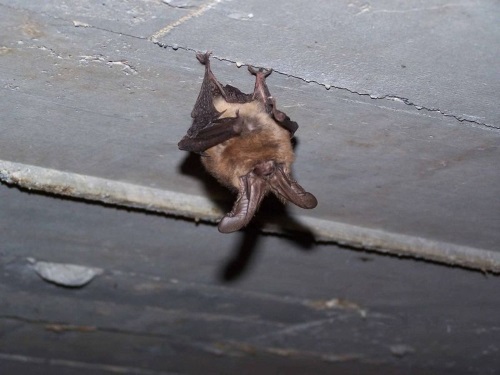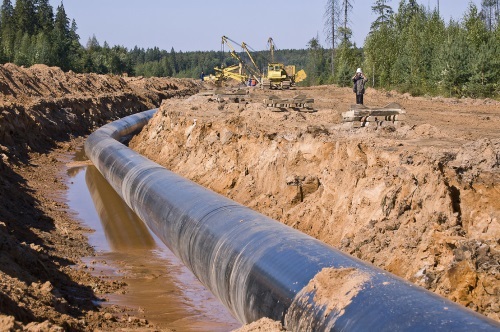As the Texas Department of Transportation works its way through a three-year study to determine why bats make their homes in certain types roadway bridges and culverts, other states are engaging in similar bat-preservation endeavors as well – especially in terms of mitigating the impact of bridge demolition and construction activity on bat populations.
For example, the southern region of New Mexico is home to year-round bat activity and Jim Hirsch, District 4 environmental analyst with the New Mexico Department of Transportation, said bats commonly hang out under bridges that span perennial waterways, such as the Rio Grande and Pecos rivers.

“However, they also [hang out] under bridges that span ephemeral waterways, especially those near irrigated agricultural fields,” he added. “Most bat species are not protected by federal or state law, but the New Mexico DOT recognizes their importance in the ecosystem and the benefits they provide to the agricultural industry.”
In addition, he said, New Mexico DOT “would rather manage bats with flexibility and adaptability, rather than by strict protocols and measures. It is in New Mexico DOT’s best interest to avoid listing of a bat species under the Endangered Species Act.”
Generally, Hirsch explained that the New Mexico DOT will install bat boxes under new bridges if the previous bridge supported daytime bat roosting activity. His agency will also perform bat exclusion measures if a bridge is scheduled for demolition or major rehabilitation during the “active season” for bat colonies.
“The active bat season usually coincides with the migratory bird nesting season in northern New Mexico,” he noted. “Therefore, avoidance and exclusion efforts usually protect both migratory birds and bats.”
A recent challenge faced by the agency is the cost of undertaking bat exclusion measure, as funds for such measures usually come from the limited resources of the New Mexico DOT’s environmental bureau budget. To change that, he said the department is evaluating cost effective partnerships with universities as well as with other state and federal agencies.
Research by the Texas DOT is creating a clearer picture of what specific types of bridge and culvert structures best buoy bat populations. The agency surveyed hundreds of bridges and culverts in West Texas over the last two years and found that state highway type pre-stressed concrete girder bridge designs situated near evergreen forests, deciduous forests, and standing water had a positive correlation to bat presence. Texas DOT also found that interstate highway and square box girder variables had a negative correlation on bat presence.
“These results corroborate and refine anecdotal observations from decades of Texas DOT work to attract and maintain healthy bat populations on bridges, including the placement of artificial roosts on bridges that are not the right type, but are in the right ecological setting,” noted Dr. Stirling Robertson, the biology team lead in Texas DOT’s natural resources management section.
He added that those variables differed between species of bats, which is allowing Texas DOT to target species-specific bridge design solutions.
With a better understanding of the variables attracting bats to bridges and culverts, as well as the demonstrable success of artificial roost design and placement, Texas DOT is looking for future success by applying this knowledge where appropriate across the state.
“Bridges that are in the appropriate ecological setting and that are being replaced or rehabilitated give us ideal opportunities to enhance or preserve bat colonies,” Robertson pointed out. “We can also retrofit existing structures with artificial roosts if the existing design is not bat friendly.”


